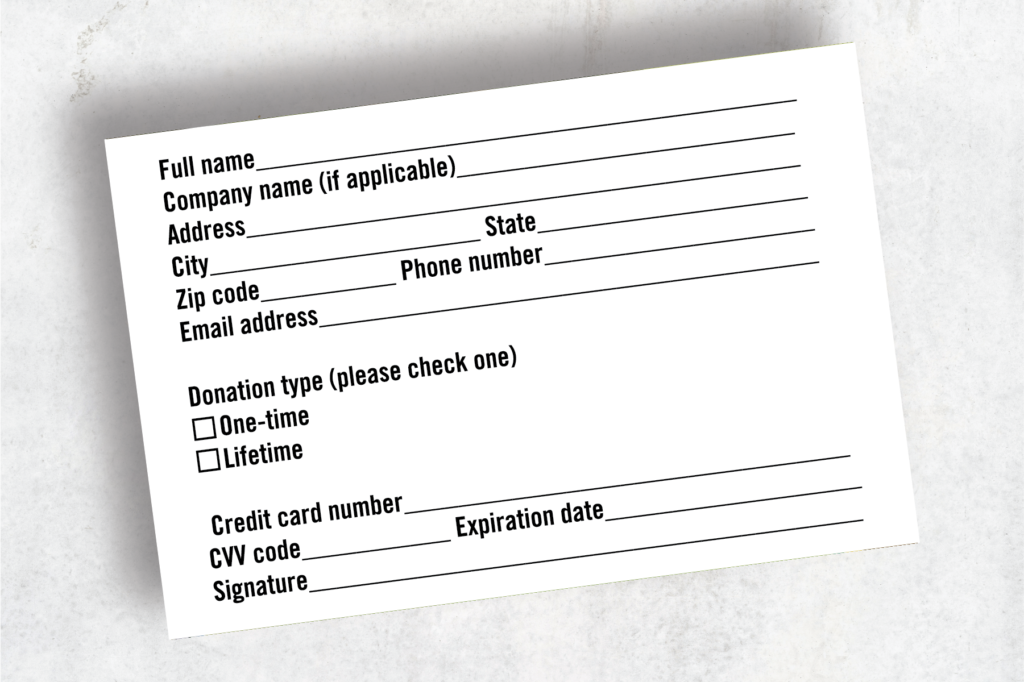Let’s say you have sent out a direct mail marketing campaign and you are so excited to see the results; but how are you measuring its success? How are you going to determine your response rate? Continue reading through our Marketer’s Guide to Direct Mail Response to get all the answers you’re looking for.
What is a direct mail response rate?
How you calculate a direct mail response rate is different for every campaign. However, the basics of what it is is usually pretty similar. Generally, your direct mail response rate is the data on who and how many recipients took action after receiving your mail piece.
URLs and qr codes


One of the most popular ways of tracking your direct mail responses are through the use of URL’s and QR codes. When using a QR code or URL is it important to make a URL that is being used specifically for this campaign. For example, if you want to send people to your website use something like www.example.com/mailer instead of just your normal homepage URL (www.example.com).
Nothing needs to be visually or functionally different on this page, just the URL so you can accurately track your visits on Google Analytics or whatever other analytic site you use. Then, you can look back after you have sent our your mailer and see how many people scanned your code or viewed your site.
call-in response

Another way to track your responses is from the amount of calls you receive as a result of your mailer. If you are planning on using this method it is smart to use a designated temporary number that can be forwarded to your main office or whoever you’d like it to be sent to. This way you can set up a call tracking service to count the amount of people who call your business from the number on your mailer.
A more tedious way of tracking this can be to have your staff simply ask “where did you hear about us from” and they can keep a record. This method of course has an element of human error that may skew data.
offer codes

Offer codes are a simple, low-tech way to track your mailing campaign. All you have to do is come up with a short word or phrase that will be associated with that specific mailing campaign and ask your recipients to use it. This method allows for your recipients to choose if they want to call, email, or reach-out in person.
This method of tracking will need to be tracked in a CRM (Customer Relationship Management) service. In addition, it is important to let all of your customer service reps know that this promotion is going out and what phrase/word they should be keeping an eye out for. This method is easy to execute but can be more tedious and unreliable for tracking purposes.
Mail-back


One of the most popular ways of tracking your direct mail responses are through the use of URL’s and QR codes. When using a QR code or URL is it important to make a URL that is being used specifically for this campaign. For example, if you want to send people to your website use something like www.example.com/mailer instead of just your normal homepage URL (www.example.com).
Nothing needs to be visually or functionally different on this page, just the URL so you can accurately track your visits on Google Analytics or whatever other analytic site you use. Then, you can look back after you have sent our your mailer and see how many people scanned your code or viewed your site.
How to boost your direct mail response rate
Aside from choosing the appropriate direct mail response rate strategy there are numerous other factors that go into creating a successful mailing piece. Check our our our other posts including how to successfully design a postcard in 5 steps and the ultimate guide to variable data printing and PURLS.
Have more questions? Reach out to one of our mailing experts here.
